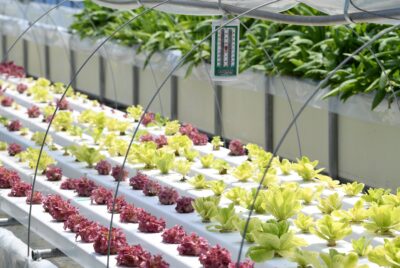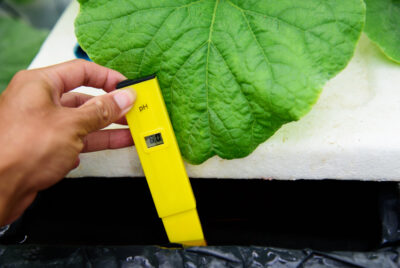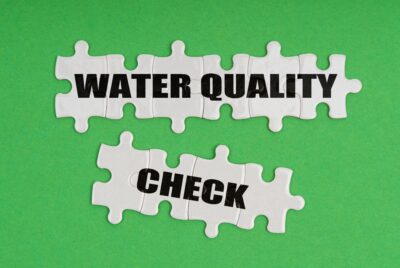Hydroponic Flood Table
We may earn a commision from purchases made using our links. Please see our disclosure to learn more.
Hydroponic Flood Table: A Comprehensive Guide.
Hello, fellow hydroponics enthusiast! Firstly, are you familiar with the concept of hydroponics? It’s an innovative method of growing plants without soil. Moreover, instead of soil, we use a nutrient-rich water solution, allowing for more direct nutrient uptake. So, you might wonder, where does a hydroponic flood table fit into this scenario? Interestingly, they’re instrumental in this process, and that’s precisely what we’re going to explore today.
The Basics of Hydroponics
To begin with, hydroponics is a game-changer in the world of agriculture. Picture this: having the ability to grow your favorite plants, vegetables, or herbs indoors without the need for a traditional garden. Incredible, right?
The Role of Flood Tables
Now, you may ask, where does the flood table come into play? In fact, a flood table is like a serving platter for your plants. Essentially, it holds them while the nutrient-rich water solution (the lifeblood of your plants) is periodically flooded and drained.
The Mechanics of a Hydroponic Flood Tables
Understanding Flood and Drain Systems
Firstly, the Flood and Drain, also known as Ebb and Flow, is a popular hydroponic system. In many ways, it’s like the ebb and flow of the tide, with the table acting as the shoreline where your plants grow.
The Components of Flood Tables
To break it down, a flood table system mainly consists of a reservoir filled with a hydroponic fertilizer solution, an elevated table where the plants reside, a submersible pump, and a timer to control the flooding intervals.
Benefits of Using a Flood Table
Increased Growth Speed
Here’s something to note: hydroponics can lead to faster growth rates. As a result, your plants will receive their hydroponic fertilizer more efficiently, and they won’t have to “search” for nutrients like in traditional soil-based growing.
Space Efficiency
Additionally, flood tables allow you to grow more in less space. For instance, they are excellent for indoor farming or urban areas where space is at a premium.
Water and Nutrient Efficiency
Moreover, with the ability to recycle water, flood tables reduce the amount of water and nutrients needed, which is not only cost-effective but also environmentally friendly.
Setting Up Your Hydroponic Flood Table
Selecting the Right Size and Material
First and foremost, choosing the right flood table is crucial (mine, pictured above is 4′ x 8′ and holds 70-3″ cubes). For instance, you must consider the space you have, the plants you wish to grow, and the material of the table. Importantly, the material needs to be sturdy and non-reactive to ensure it can hold the weight and won’t interfere with your nutrient solution.
Installing the System
Subsequently, is the installation. You need to position the flood table above the fertilizer reservoir. Following this, the submersible pump goes into the reservoir, and tubes are used to connect the pump to the flood table.
Preparing the Hydroponic Fertilizer Solution
On the other hand, we need to talk about your plant’s food. Crucially, it’s vital to create a balanced nutrient solution. Generally speaking, the composition will depend on the type of plants you’re growing, but it should contain the right balance of macro and micronutrients.
Maintaining Your Hydroponic Flood Table
Regular Monitoring and Adjustments
It’s essential to remember, maintenance is key. Consistently, check your system’s pH and hydroponic fertilizer levels using the appropriate hydroponic instruments and controllers, make adjustments as necessary, and clean the system to prevent the buildup of algae and other unwanted organisms.
Troubleshooting Common Issues
Now, like any gardening method, hydroponics isn’t without its potential issues. Occasionally, you might encounter problems like nutrient deficiencies or imbalances, pests, or equipment failure. However, with a little patience and attention, these issues can be resolved.
Conclusion
In conclusion, hydro-farming flood tables are a great way to make the most out of your indoor gardening. Undoubtedly, it’s a smart, efficient, and eco-friendly method that allows you to grow healthy and robust plants. Eager to dive in? Ready to get your hands wet in hydroponics?
FAQ’s
What plants can I grow in a hydroponic flood table?
Almost any plant can grow in a hydroponic system. For instance, this includes vegetables, herbs, and even flowers. However, some plants may be more suitable than others depending on their size and growth habits.
How often should I flood my table?
The frequency of flooding depends on several factors like the type of plants, their growth stage, and the environmental conditions. Typically, flooding 1-3 times a day is a good starting point.
What is the optimal pH for my hydroponic fertilizer solution?
Most plants prefer a slightly acidic environment in hydroponics. To be precise, a pH of 5.5 to 6.5 is usually optimal.
What should I do if my plants look unhealthy?
Unhealthy plants could be a sign of nutrient imbalance, pests, or disease. First and foremost, check the nutrient solution and pH. If issues persist, consider seeking advice from a hydroponics expert.
Can I use a soilless cultivation tray outdoors?
Yes, you can. Nevertheless, you’ll need to consider factors like weather conditions, as they can affect the water temperature and evaporation rate. Contrastingly, indoor setups generally allow for better control over these factors.





Comments are closed.